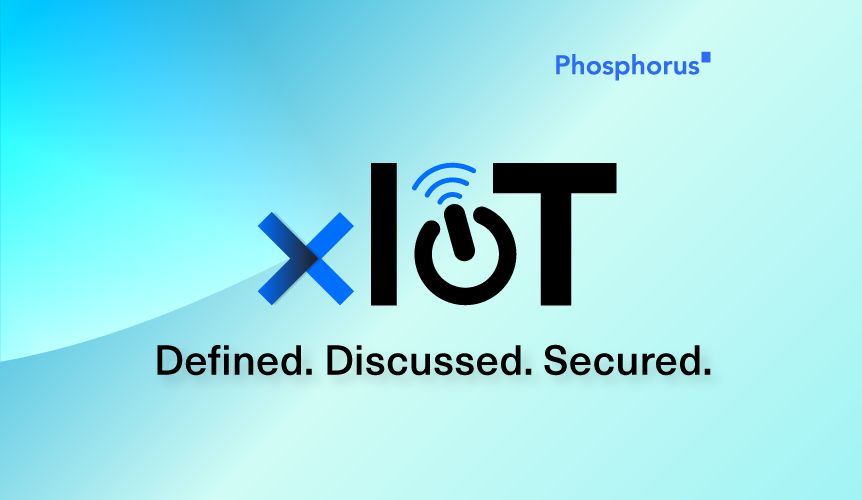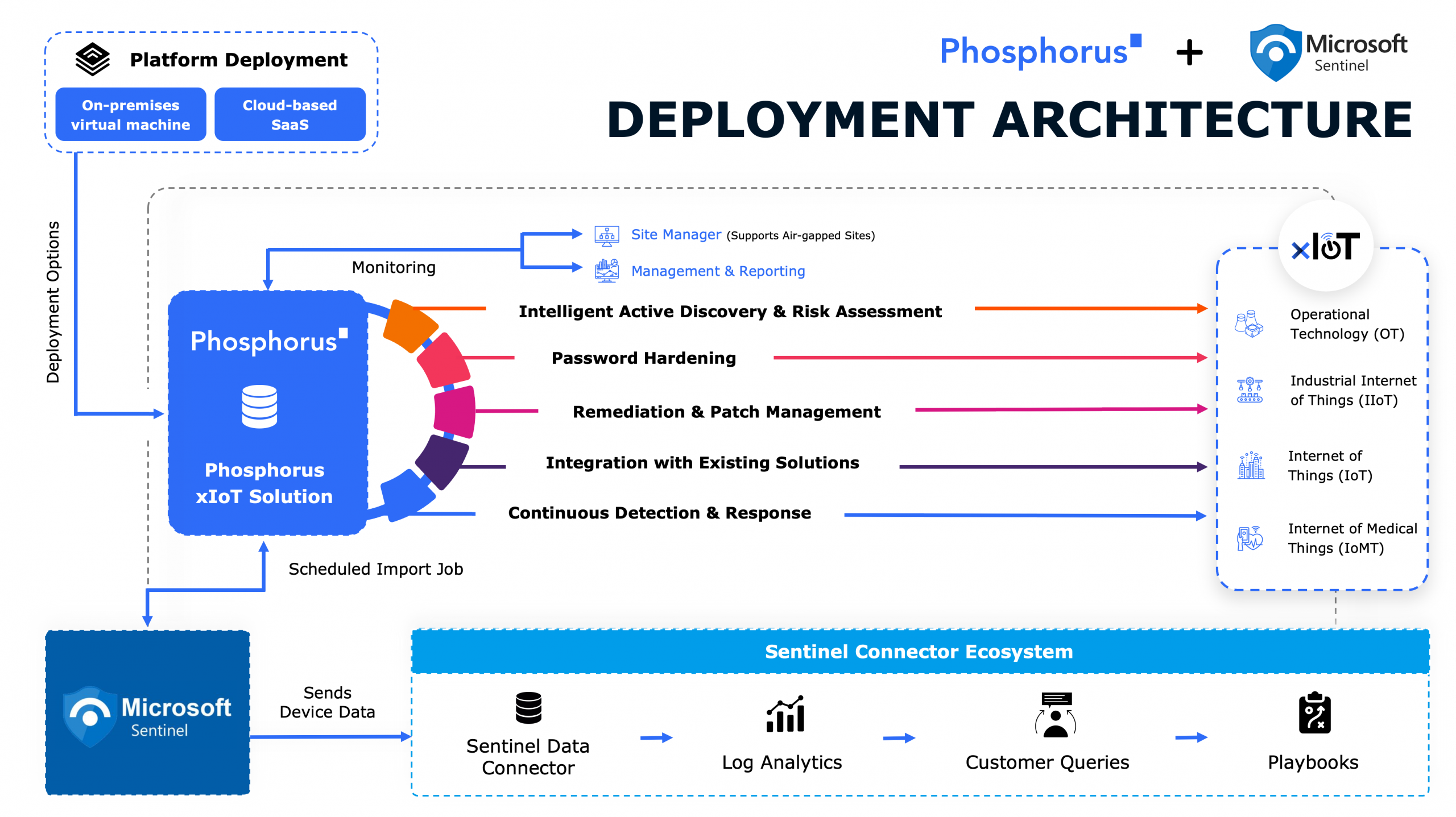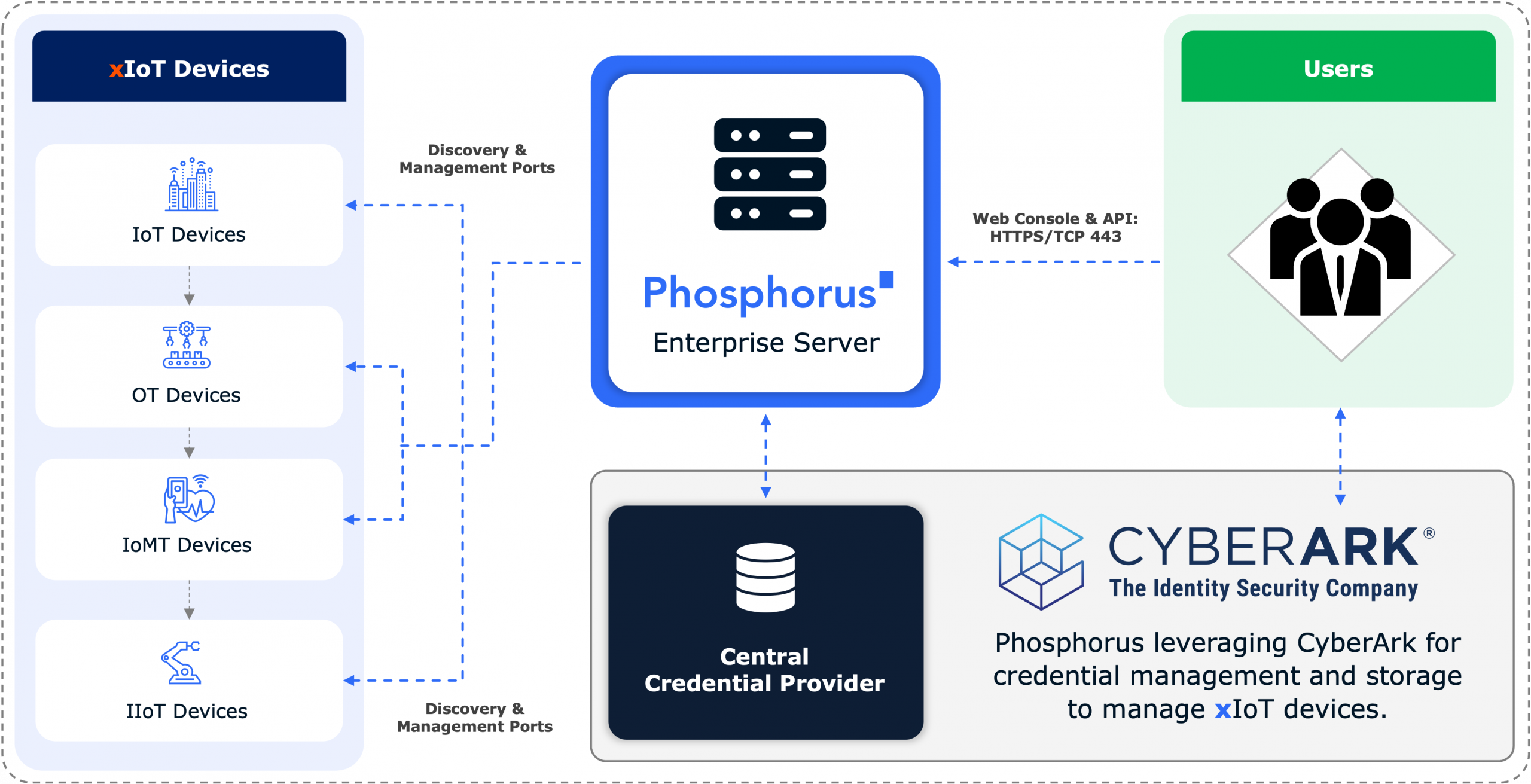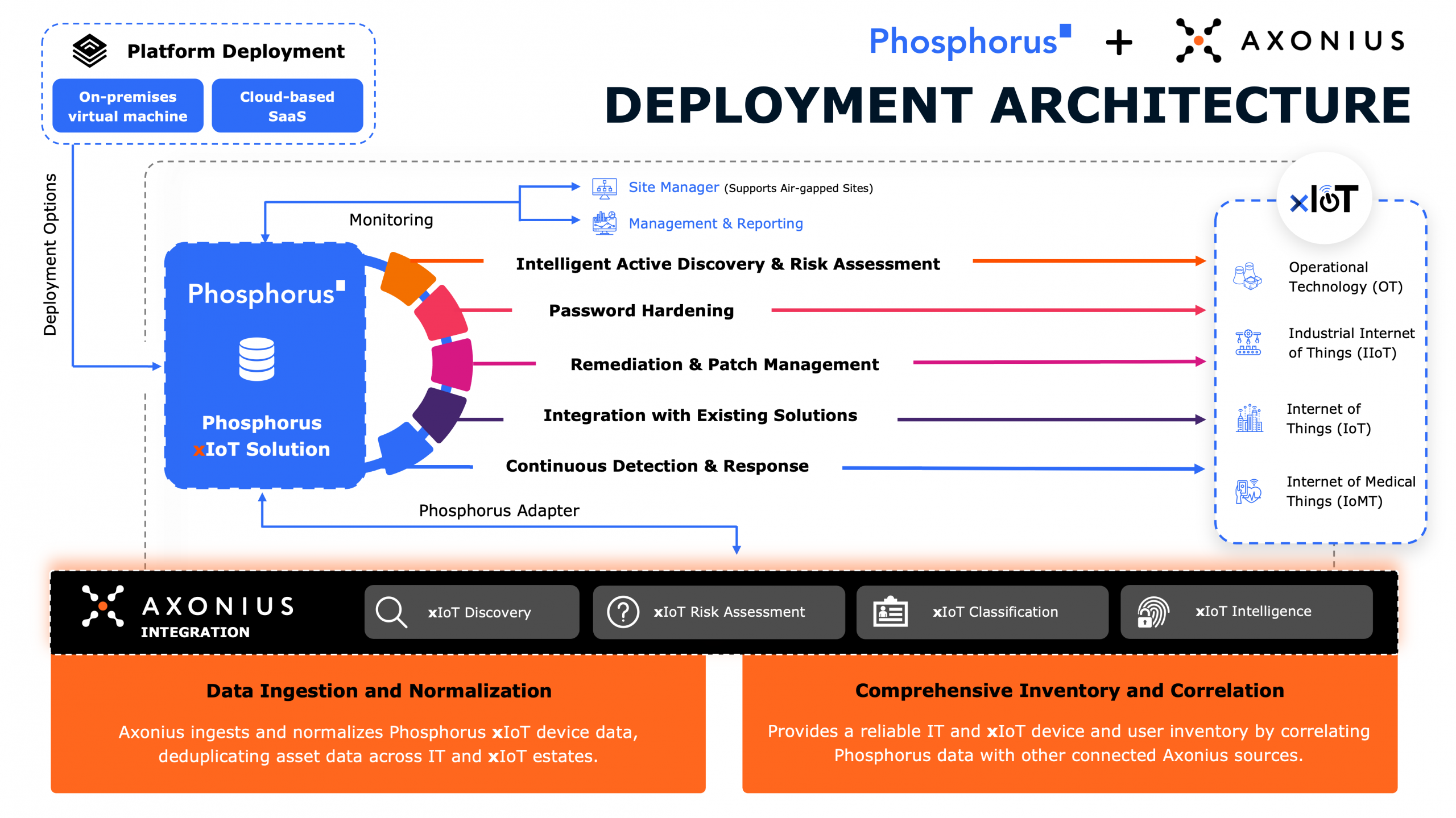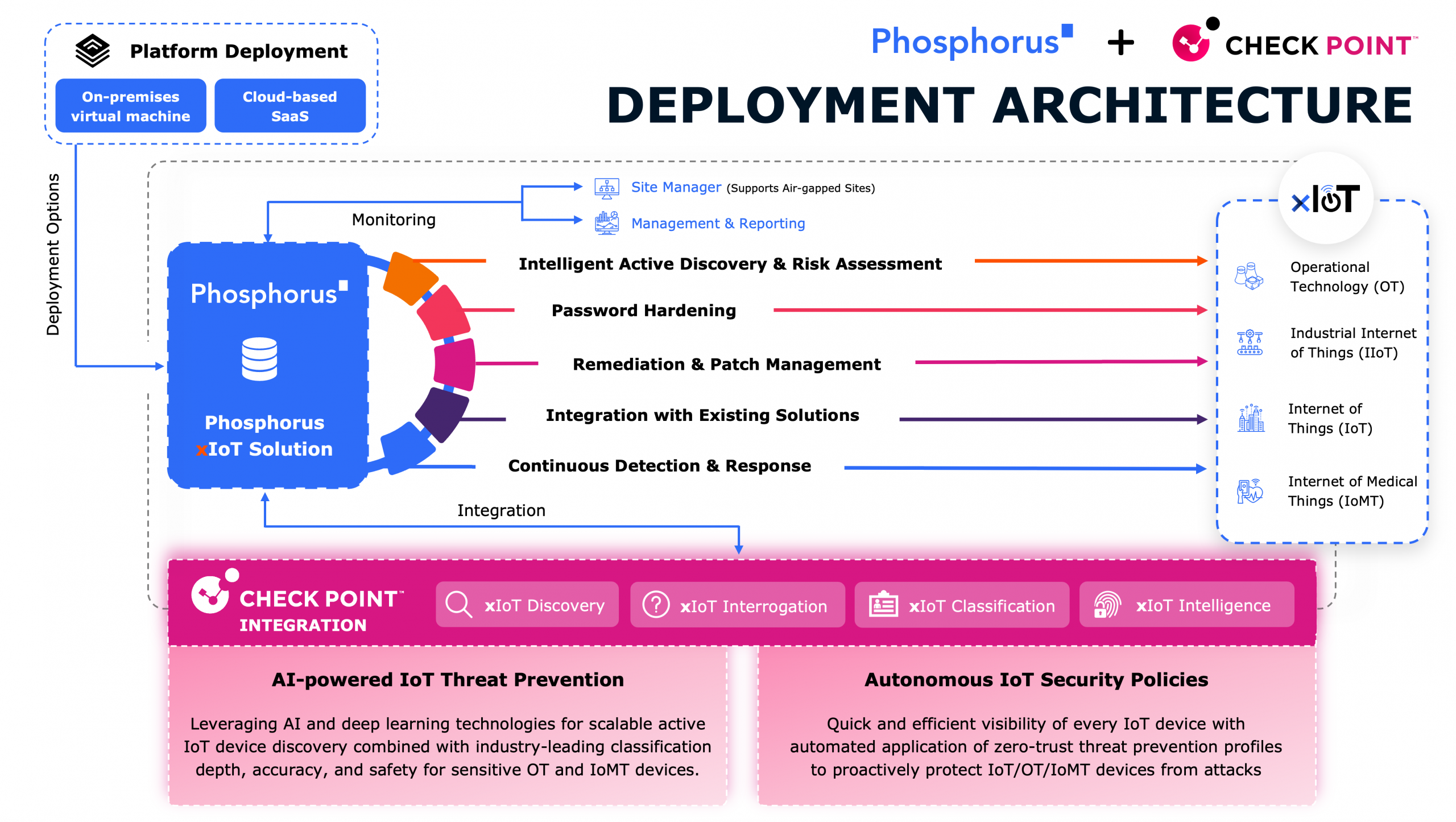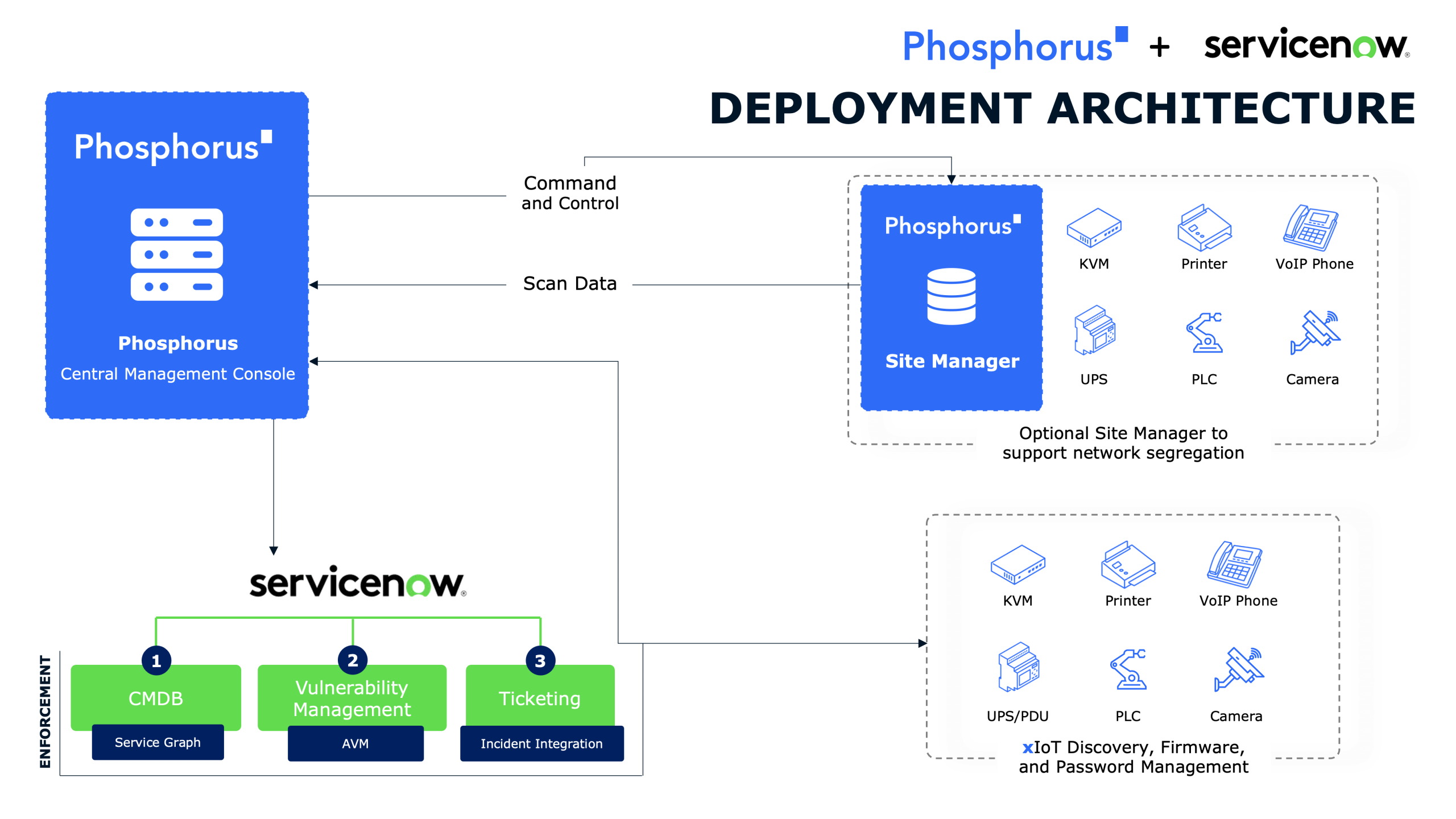
The Weak Password that Opened the Floodgates
How a Simple xIoT Security Flaw Caused Chaos with Norway’s Dam Breach
On April 7, 2025, a dam in a remote part of western Norway experienced an unexpected release of water, 500 liters per second, for more than four hours. What initially seemed like a technical malfunction was something far more serious: a cyber sabotage operation targeting the dam’s control systems. Last week, Norwegian officials attributed the attack to Russian or Russia-linked cyber actors, escalating concerns about national infrastructure vulnerabilities and the broader trend of hybrid warfare in Europe.
This event has become a focal point in discussions about how weak cybersecurity practices, especially in the world of xIoT (extended Internet of Things), can have dire consequences.
Timeline of the Risevatnet Dam Cyberattack
February 2025
Norwegian intelligence services warned that Russia will likely continue cyber and subversive activities targeting Norway’s energy infrastructure.
April 7, 2025 – Morning
A cyber breach occurred at the Risevatnet dam near Bremanger. Bad actors accessed the dam’s digital control system remotely via a publicly accessible web interface. They fully opened a sluice gate, releasing large volumes of water at approximately 500 liters per second for four hours.
April 7, 2025 – Afternoon
A Telegram post from a group calling itself Z-Alliance claimed responsibility. The group shared a video showing the dam’s control panel with their watermark, serving as visual confirmation of access.
April–July 2025
An investigation by Norway’s state police (Kripos) and security service found that attackers used a weak password on a web-accessible Human-Machine Interface (HMI) controller to access the dam’s Operational Technology (OT) systems. The breach was determined to be low-tech but deliberate.
August 13–14, 2025
During the Arendalsuka public forum, PST Chief Beate Gangås publicly confirmed that the breach was carried out by Russian-affiliated actors, marking the Norwegian government’s first formal attribution. The Russian Embassy denied the accusations, calling them “unfounded and politically motivated.”
Why This Matters: The Security and Geopolitical Context
The attack’s symbolism is far greater than its physical consequences. Fortunately, no injuries occurred, no flooding ensued, and water levels were low enough to prevent significant damage.
But the breach marks a dangerous precedent:
- A state-linked cyber actor infiltrated critical infrastructure.
- The attackers manipulated physical equipment remotely and were undetected.
- The attack occurred without advanced malware or zero-day exploits.
In short: NO ZERO DAYS EXPLOITED. Just a WEAK PASSWORD.
The messaging from Norwegian officials was clear: this wasn’t just a technical breach, it was a strategic signal from a hostile actor.
Anatomy of the Breach: An xIoT Security Hygiene Failure
The Risevatnet breach is a case study in how the interconnected nature of IT, IoT, OT, and ICS that control water, power, transport, and manufacturing environments presents significant risk if not properly secured.
Key Takeaways from the Attack:
- The Entry Point Was a Weak (perhaps default) Password: Investigators found no evidence of advanced intrusion methods. The attackers exploited a web-facing control interface protected by weak credentials.
- The Target Was an xIoT Device: While traditional IT security focuses on endpoints and networks, this attack bypassed those perimeters entirely by going directly to the operational control layer.
- The Consequence Was Physical: This was not espionage, ransomware, or data exfiltration; it was a hands-on cyber-physical event that could have caused real-world disaster if targeted at larger, more critical infrastructure.
What Makes xIoT So Vulnerable?
xIoT systems often fall outside traditional IT security oversight and are notoriously under-hardened:
- Many use default credentials or weak passwords.
- Devices often run outdated firmware with known vulnerabilities.
- Interfaces are sometimes left exposed to the public internet without proper segmentation or monitoring.
- Security patches and monitoring tools are rarely applied consistently in operational environments.
Despite the absence of a catastrophic impact in Norway, the attack’s proof-of-concept nature cannot be understated. xIoT is the soft underbelly for organizations in all sectors. Bad actors have been pivoting from targeting well-guarded IT assets to easy-to-exploit xIoT systems now more than ever.
How Phosphorus Helps Organizations Secure the xIoT Attack Surface
While the Risevatnet dam breach may have been preventable, the conditions that enabled it are not unique. Similar weaknesses exist in organizations of every size and kind worldwide: exposed interfaces, weak credentials, legacy firmware.
At Phosphorus, we help organizations proactively secure their xIoT environments, with a platform purpose-built to:
- Discover all connected xIoT devices across OT, IoT, and ICS environments
- Identify vulnerabilities like default passwords, outdated firmware, or risky configurations
- Remediate security gaps through automated credential rotation, firmware updates, and configuration hardening
- Monitor continuously to detect device drift, such as unauthorized password changes, expired firmware, and changes to device configurations.
The Risevatnet dam attack reminds us that even low-tech breaches can have high-impact implications when they target the intersection of cyber systems and physical infrastructure. Organizations of all sectors can no longer ignore the xIoT attack surface. Contact us to learn how Phosphorus can help secure your xIoT environments.
Author
Phosphorus Cybersecurity
Phosphorus Cybersecurity® is the leading xTended Security of Things™ platform designed to find, fix, and monitor the rapidly growing and often unmonitored Things of the enterprise xIoT landscape.



